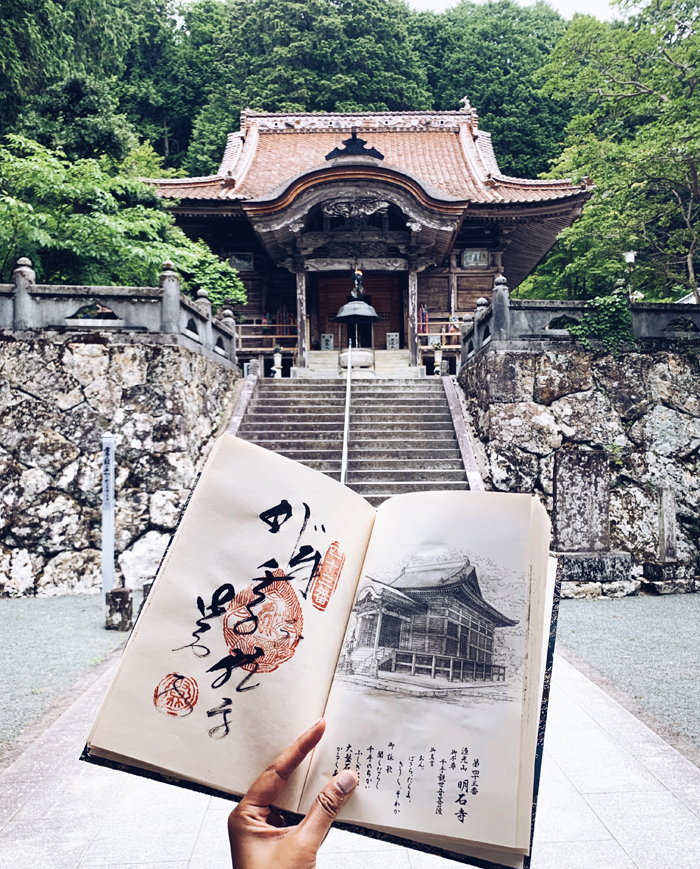
Before starting to tell you “in order” about our Japanese roadtrip from last May-June, since we left Awaji and finally arrived on the Shikoku island, here is an article to give you some context about this island.
When we decided to visit Shikoku, we knew that the 88 temples pilgrimage was pretty famous and it would rhythm our days of visit. We didn’t do the whole trail but we tried to stop by as much temples as possible when crossing the path.
The occasion for me to write down a few notes if you want to start this adventure or at least some of it as we did… but if possible with respect of the traditions!
The Shikoku pilgrimage
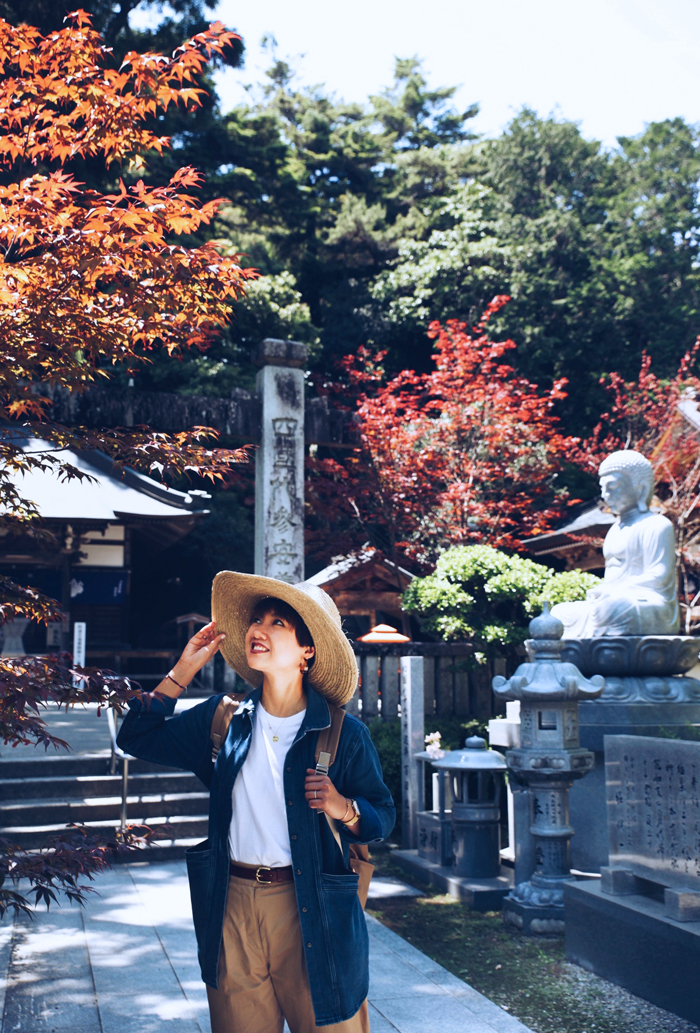
The pilgrimage called “henro” is quite famous in Japan and can be compared to St Jacques de Compostelle but easy to access for everyone, religious or not.
This trail retraces the path taken by the Shingon Buddhist monk, Kōbō Daishi aka Kûkai, who passed by these 88 spots of Shikoku in 805. His body rests in Koyasan near Osaka: therefore the full pilgrimage includes the 88 temples on the island and a last stop in Koyasan.
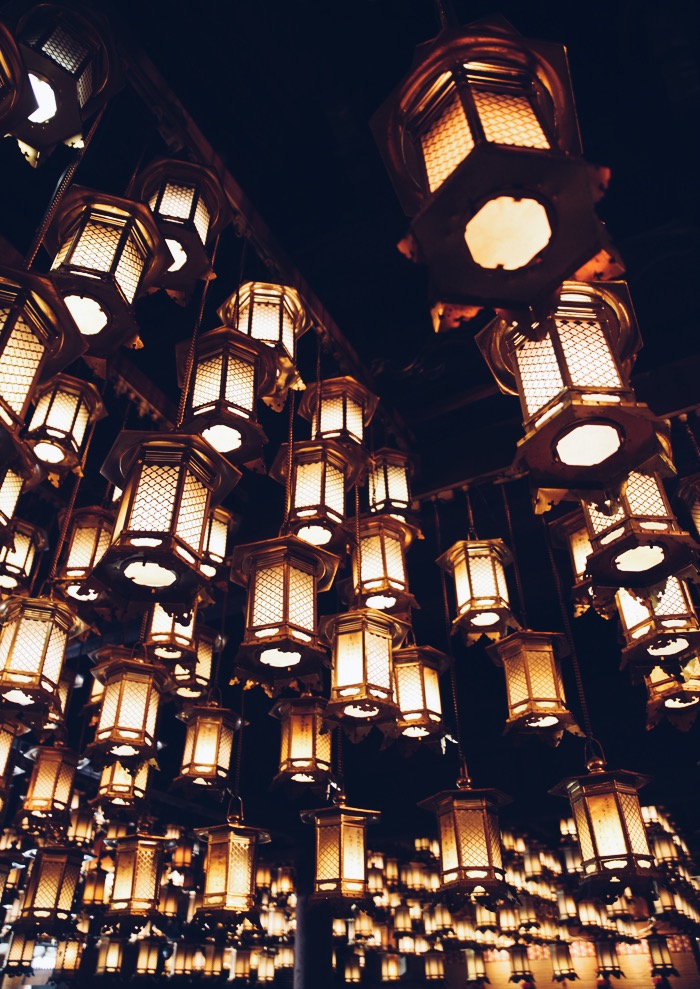
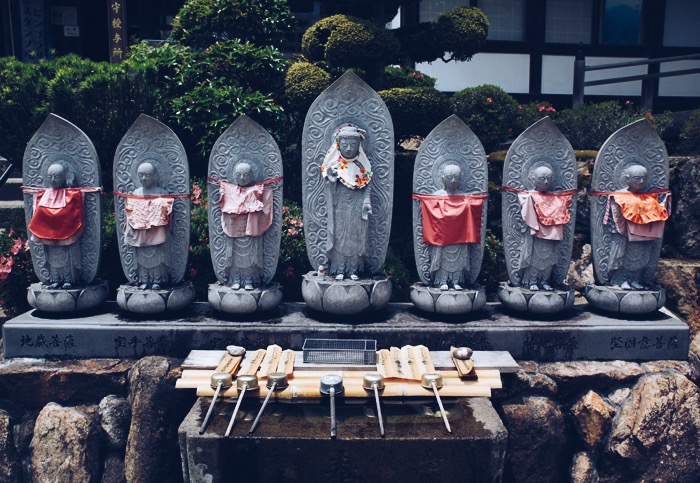
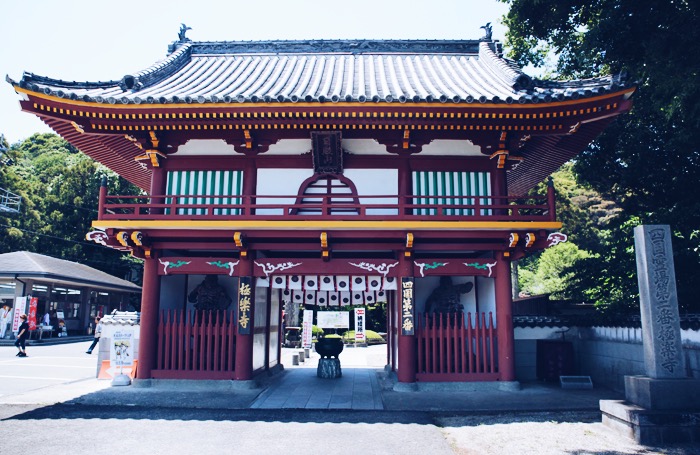
This being said, the purpose of this pilgrimage is quite personal: some people seeks for spirituality, others want to pray for health, success for themselves or someone else, or more simply they want to surpass themselves or look for a change of scenery.
We saw pilgrims in a bus (mostly old people) stopping by each temple and other courageous ones walking. We even met a Danish pilgrim who had been walking for the past 2 months on his own. In fact, there is no specific rules.
The itinerary
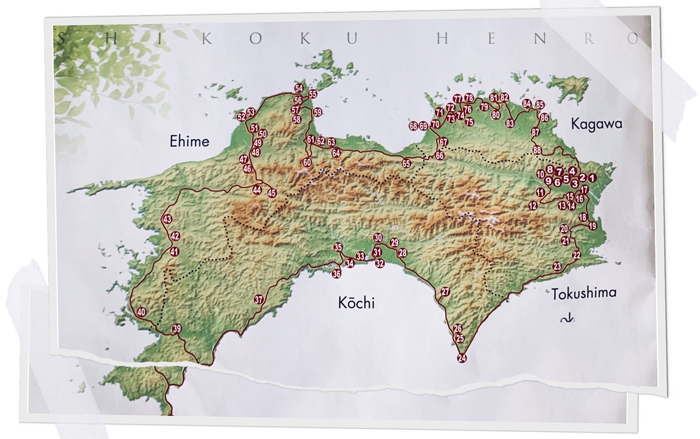
As for us, as we didn’t want to start a long walk for the next 2-3 months, we added this mini-pilgrimage to our road trip and stopped by all the temples on our way or close by for the first temples and the last one (N°88). Here is above the map of the full itinerary in case you feel like a true pilgrim.
Here are the 19 temples we have visited :
1.Ryozenji 2.Gokurakuji 3.Konsenji 4.Dainichiji 5.Jizoji 6.Anrakuji 7.Jurakuji 31.Chikurinji 39.Enkoji 40.Kanjizaiji 41.Ryukoji 42.Butsumukoji 43.Meisekiji 51.Ishiteji 68.Jinnein 69. Kannonji 70.Motoyamaji 75.Zentsuji 88.Okuboji
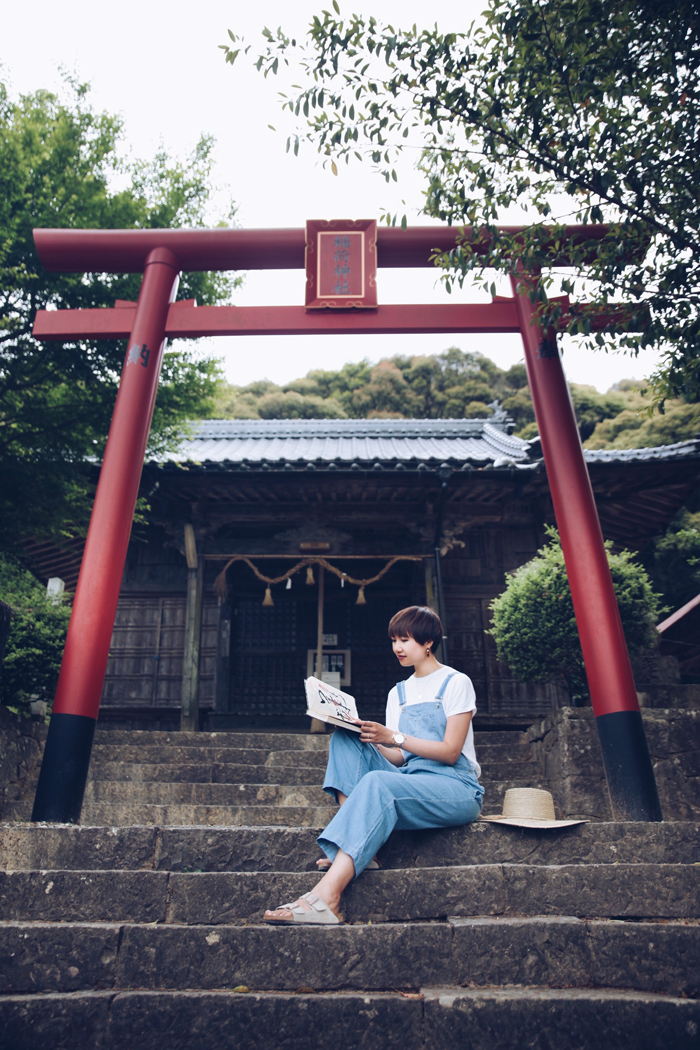
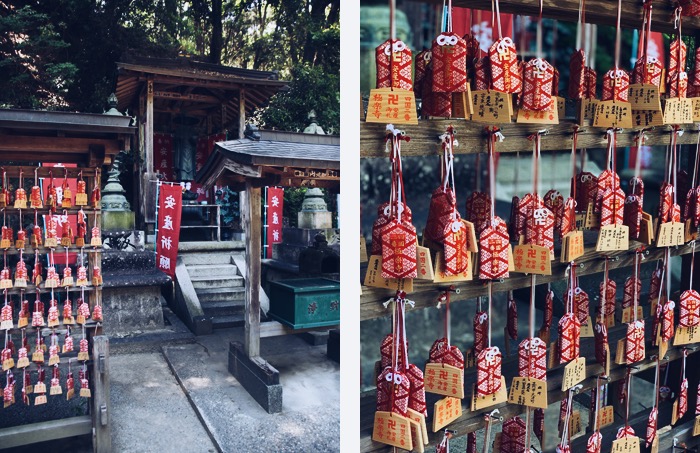
A lot of signs with the symbol of a walker can be seen and followed on the road. The itinerary is divided as follow:
- Awakening : Awa (Tokushima prefecture) – Temples 1 to 23
- Discipline : Tosa (Kôchi prefecture) – Temples 24 to 39
- Enlightenment : Iyo (Ehime prefecture) – Temples 40 to 65
- Entering Nirvana : Sanuki (Kagawa prefecture) – Temples 66 to 88
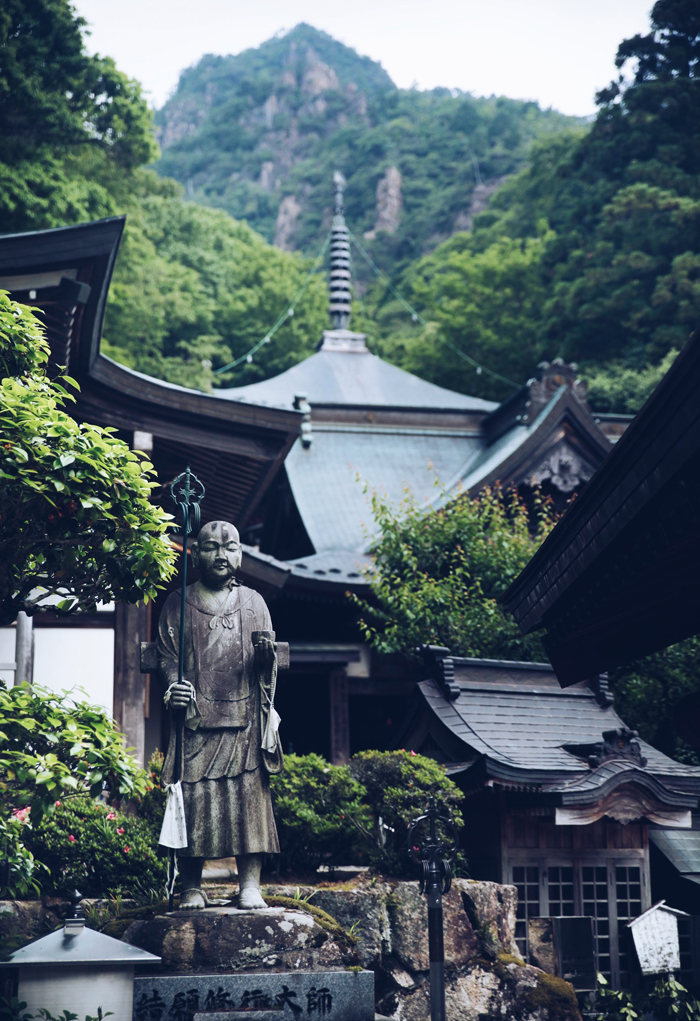
Beforehand I read a book from Marie-Édith Laval “Comme une feuille de thé à Shikoku” who tells her walking solo experience on Shikoku island with only a backpack and her hiking shoes.
I recommend you to read it to get a good idea of the ambiance. It seems that this pilgrimage has transformed her due to the efforts made, hurdles and human encounters: very inspiring !
The pilgrim outfit
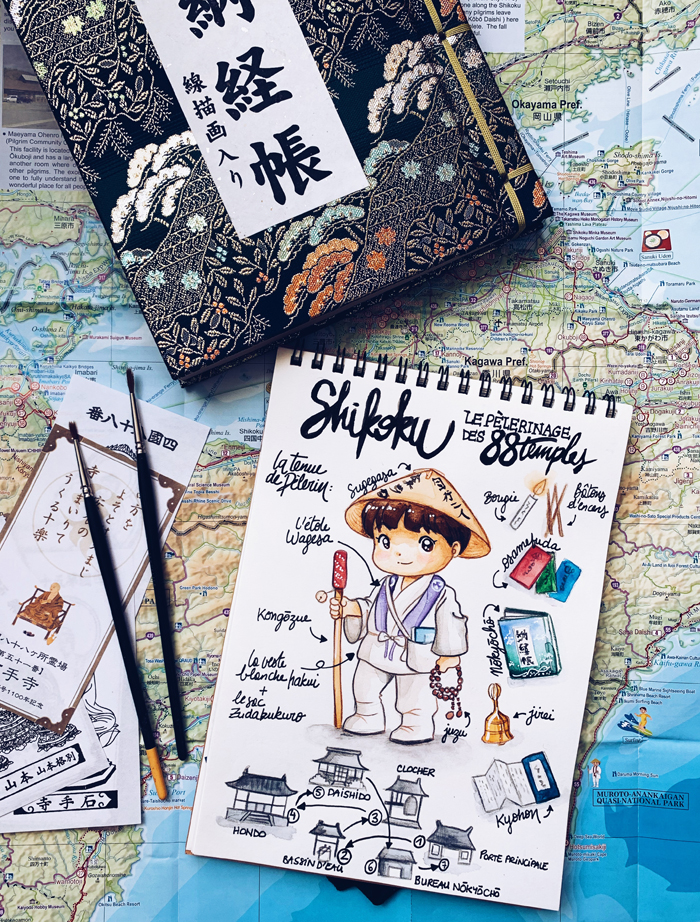
Here again, we are free to wear whatever we want (always with decency, obviously) but if you want to fully take part in this pilgrimage you can purchase this outfit and accessories at the shop located at the entrance of the temples. I quickly sketched a typical outfit of the pilgrim in Shikoku.
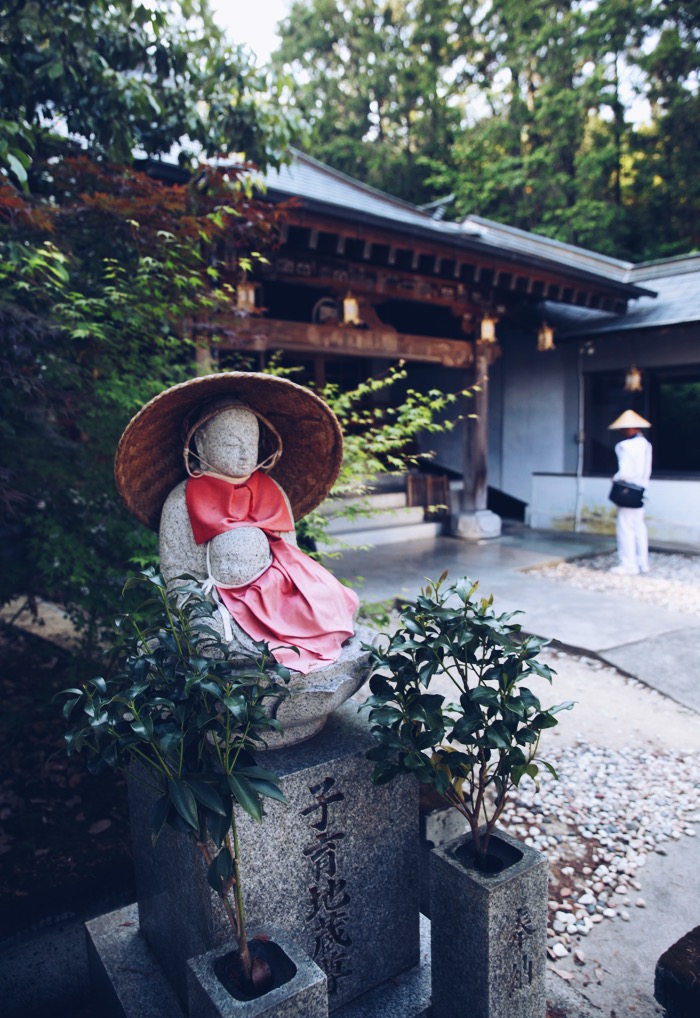
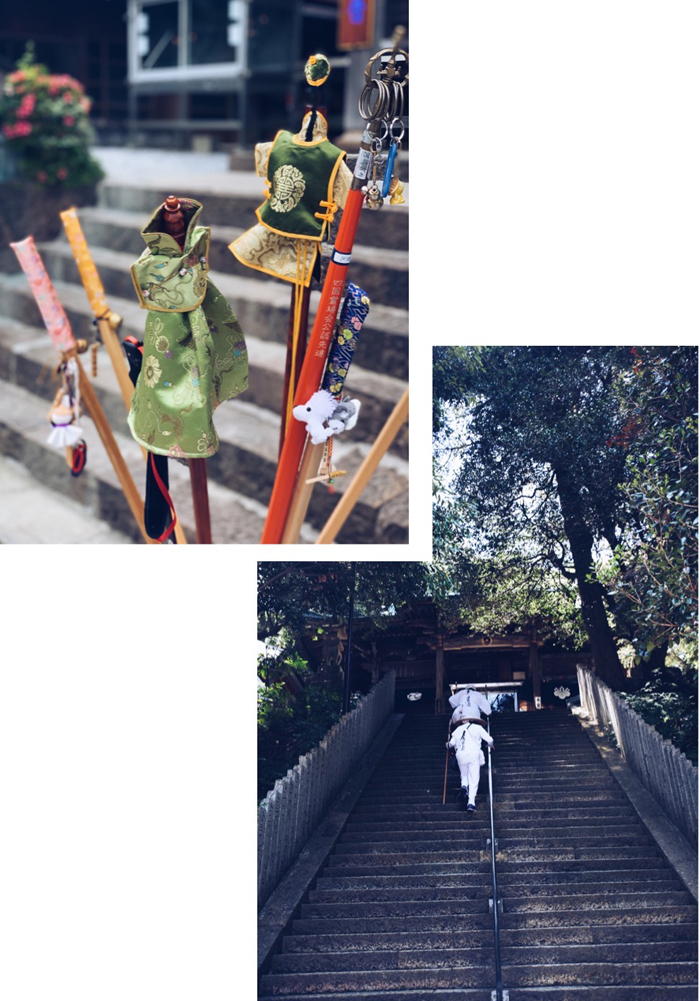
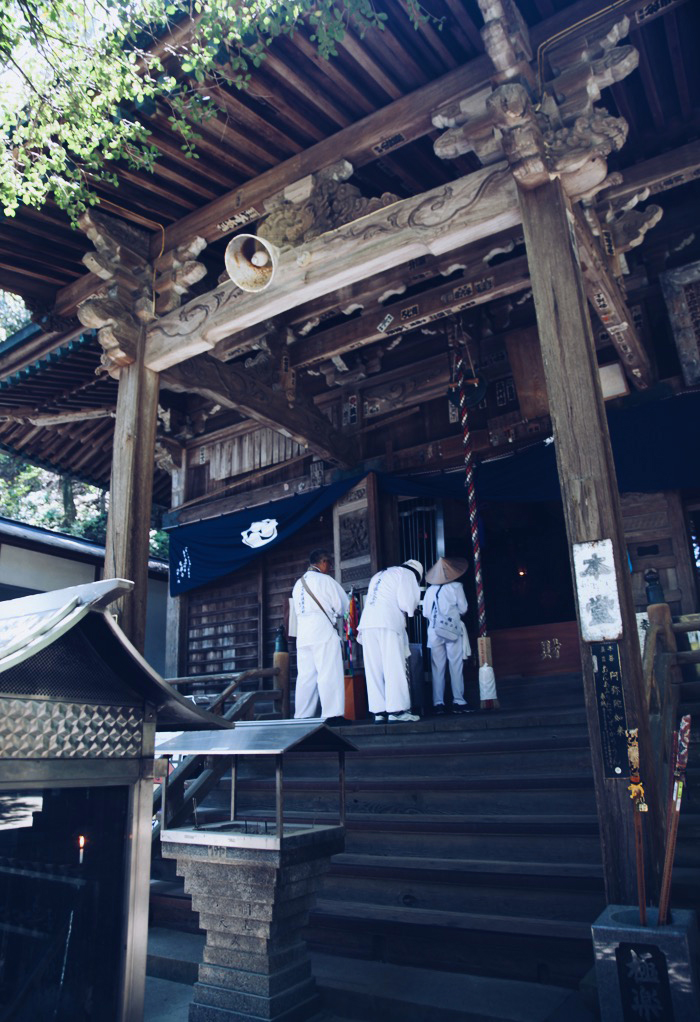
To sum up, for a full « henro » outfit you need:
- The white shirt “Hakui” (this color is related to death because back then a lot of pilgrims died during their journey: encouraging isn’t it?): The back of the jacket is printed with symbols in honor of Kûkai.
- The “Sugegasa” conic hat : to be protected from the rain or the heat.
- The “Kongozue” wooden stick supposed to represent KûKai: it will be your travel companion (I saw a few beautiful ones with the top part embroidered with fabric).
- The “Wagesa” stole to wear around the neck.
- The “Zudabukuro” bag (and its “Jirei” bell hooked) to carry a Nokyocho notebook (I will tell you about this after), incense sticks, candles, “samefuda” (=cards with the name of the pilgrim to leave in each temple), a book of prayers(=kyohon)…
- A Buddhist rosary “Juzu” for prayers.
How to visit a temple ?
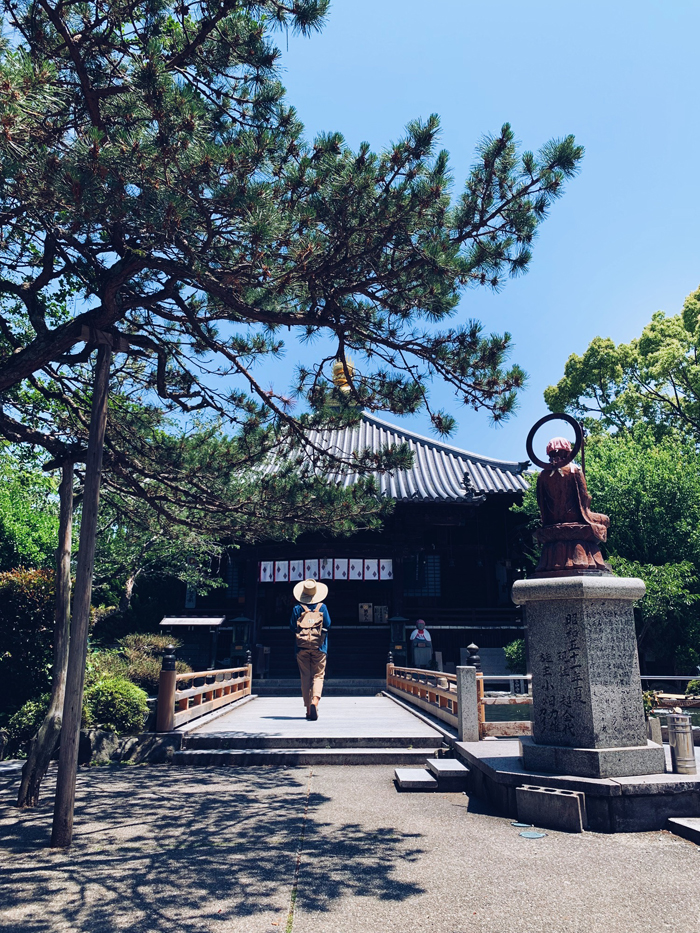
Clearly, it will depend on your religious belief but knowing the tradition might help you to better understand the pilgrims you’ll meet.
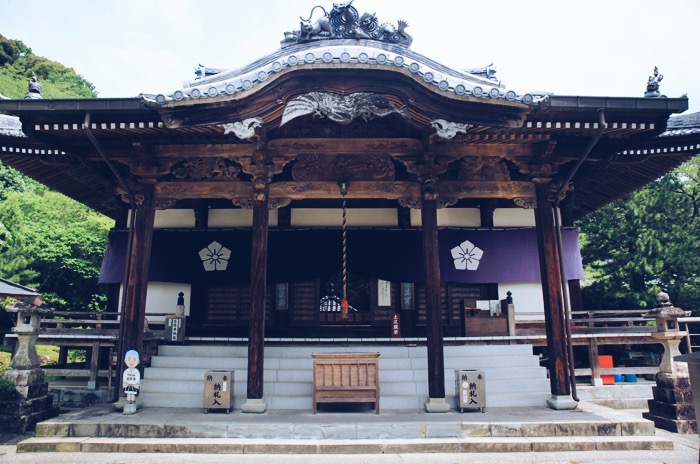
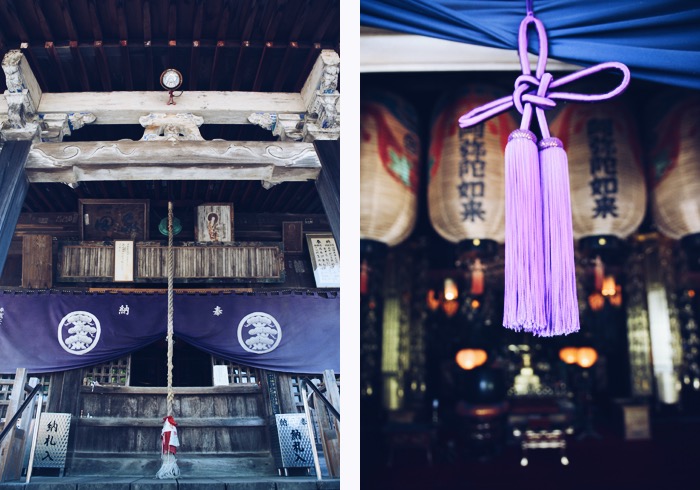
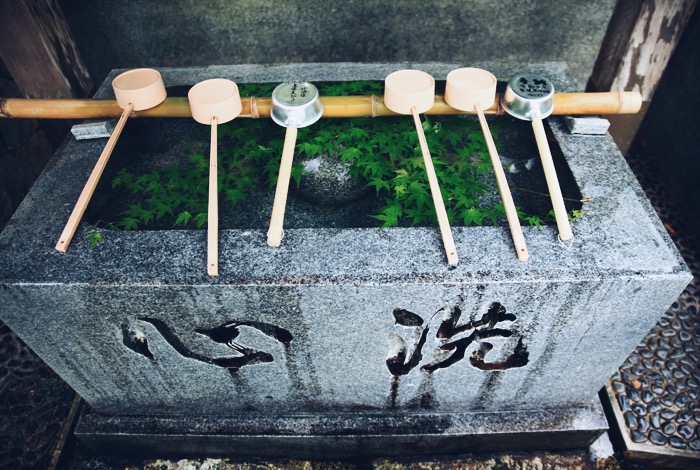
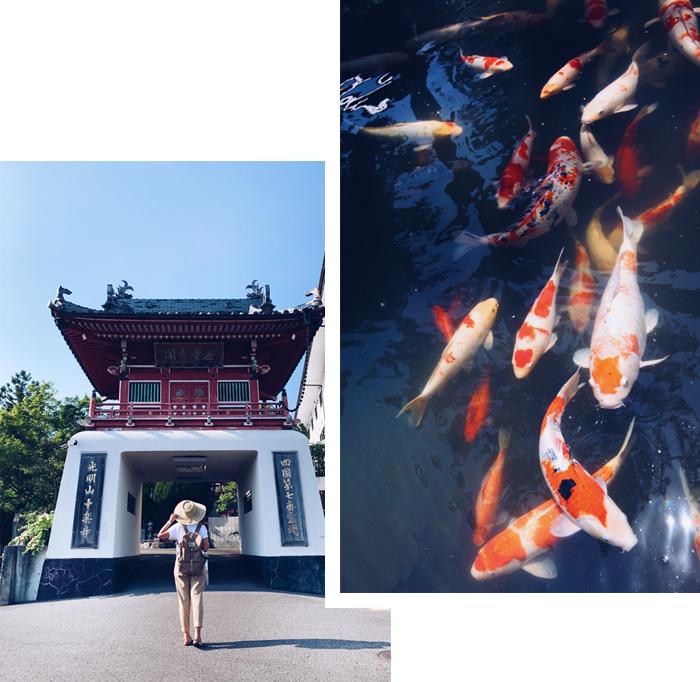
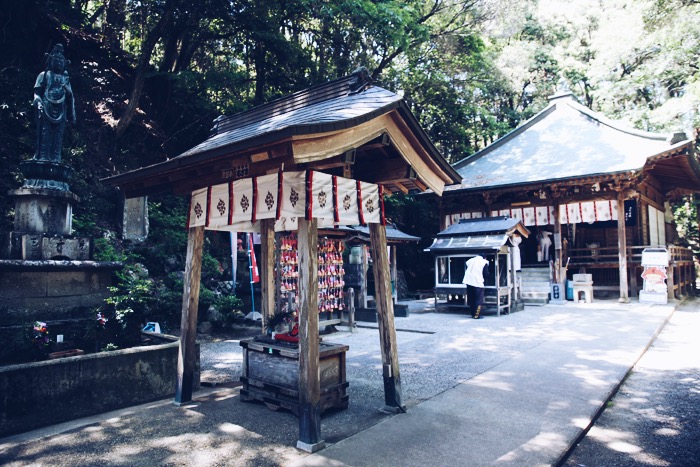
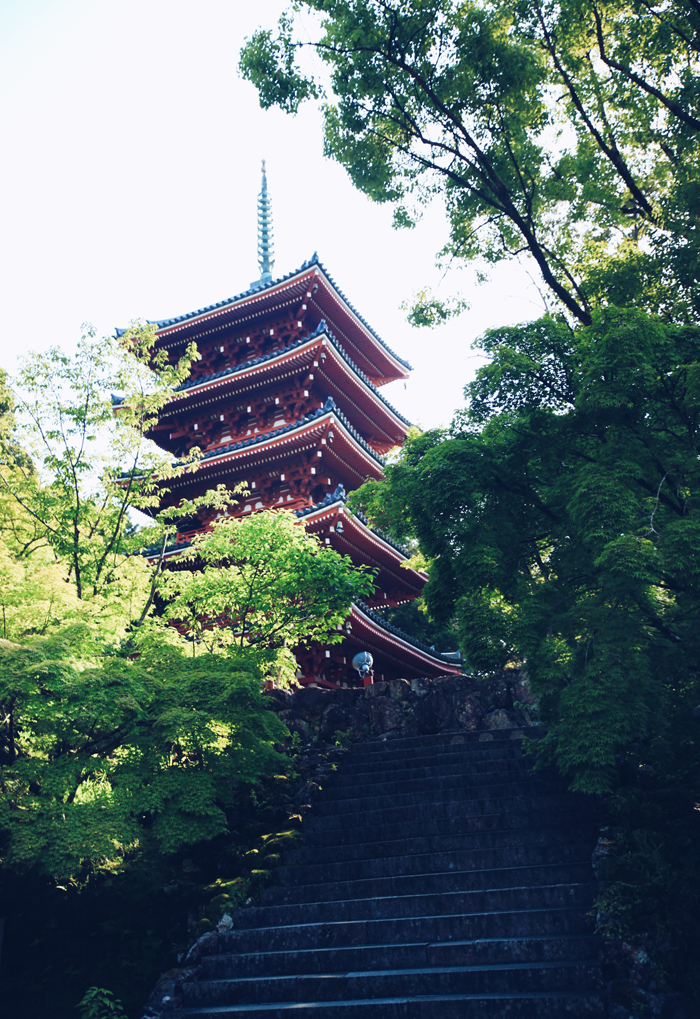
No obligation to follow everything and you can simply admire the places but here is the basic you need to know:
At the entrance of the temple, the pilgrim joins his hands in front of his chest and bow 3 times while saying 3 phrases in the honor of Buddha. Then, he purifies his hands (and sometimes the mouth) with water. And he must visit:
- The main temple Hondo (dedicated to the temple divinity) (where he will pronounce a few phrases and throw coins into the wooden box, then put a “samefuda” card into another box, ring the gong, burn an incense stick and will pray while bowing)
- The Daishido (dedicated to Kûkai): (with a phrase to repeat 3 times)
- The Nokyocho desk : the place where his notebook will be marked down with calligraphy.
When exiting the temple, the pilgrim must turn back and bow with his hands joined and hop ! Direction to the next temple!
The nokyocho and its calligraphies
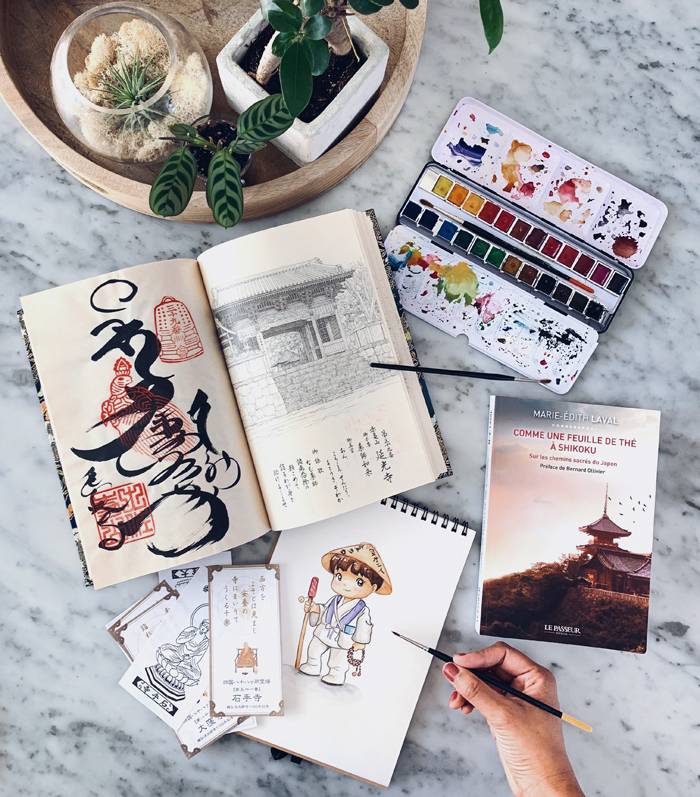
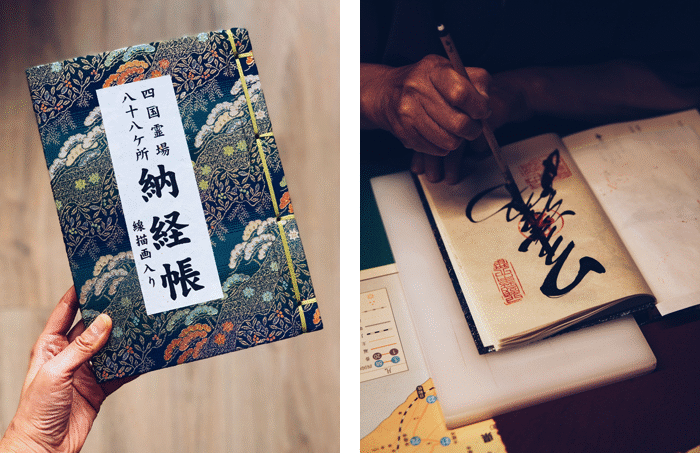
This notebook can be purchased in each temple: I bought mine at the first one, it has illustrations of all the temples on the pages so it was easy for me to recognize them. It also exists with blank pages.
When we arrive at the nokyocho desk (can be easily found with a drawing of a small mascot), after paying 300¥, we give our notebook to the calligrapher who will draw with his pencil. He then affixes 3 seals, which symbolize the name of the temple’s god (called “honzon”), the name of the temple and his number.
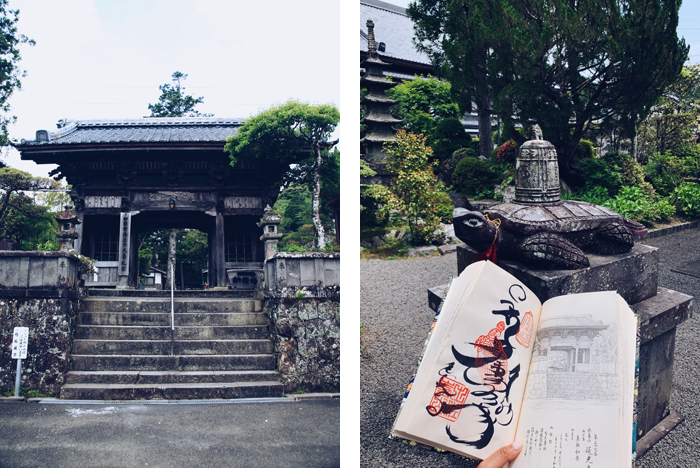
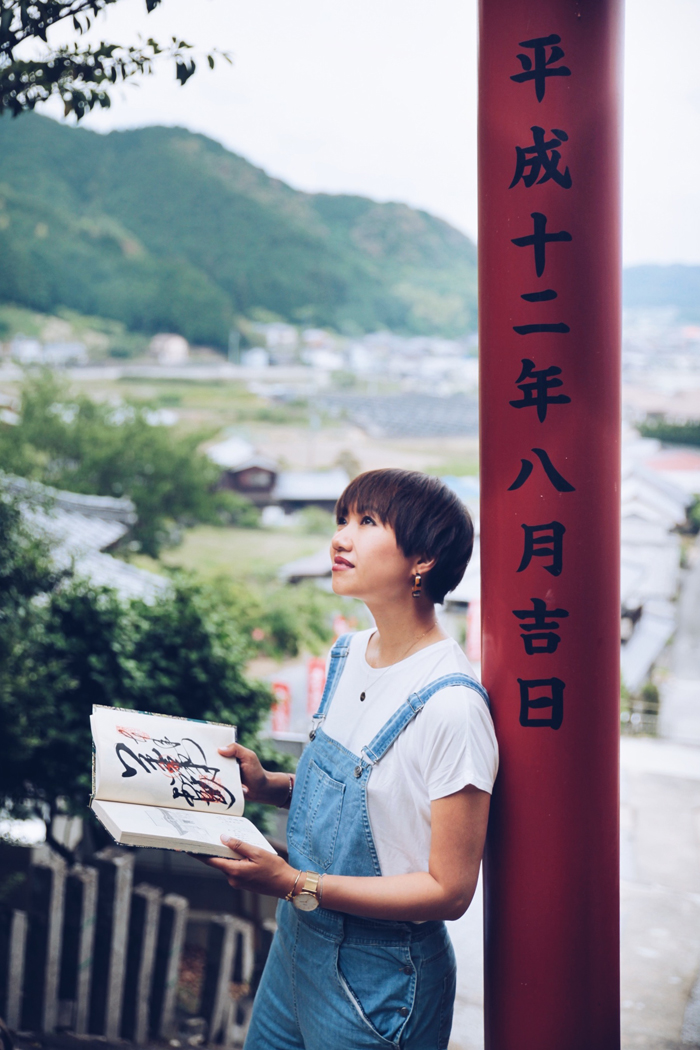
Some calligraphers don’t want to be photoshoot while drawing: make sure to ask first. The calligrapher then gives you an envelop with a card (I didn’t really understand the meaning but take it, it can only mean luck!).
We are far from having our notebook full but it represents a really nice souvenir of this journey though… and who knows! I might have the chance to finish it in the coming years?
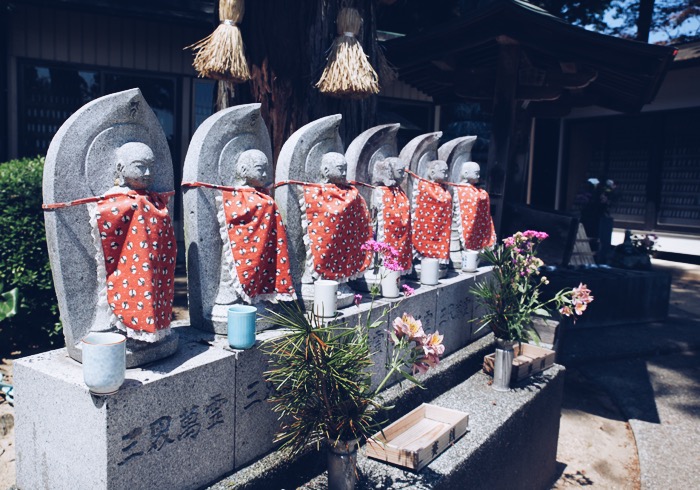
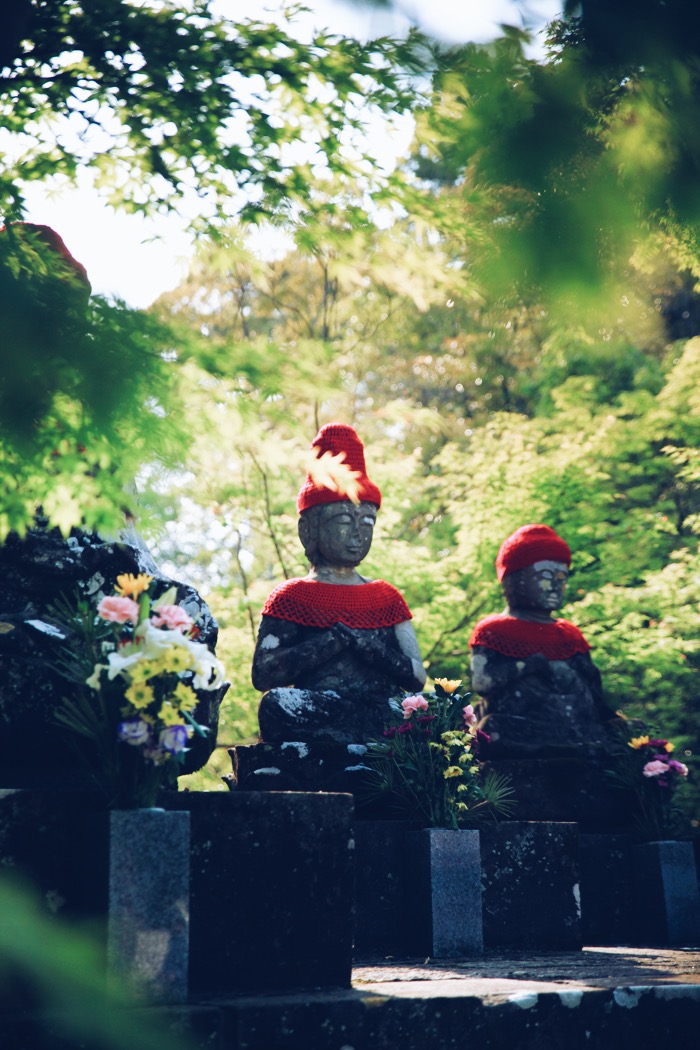
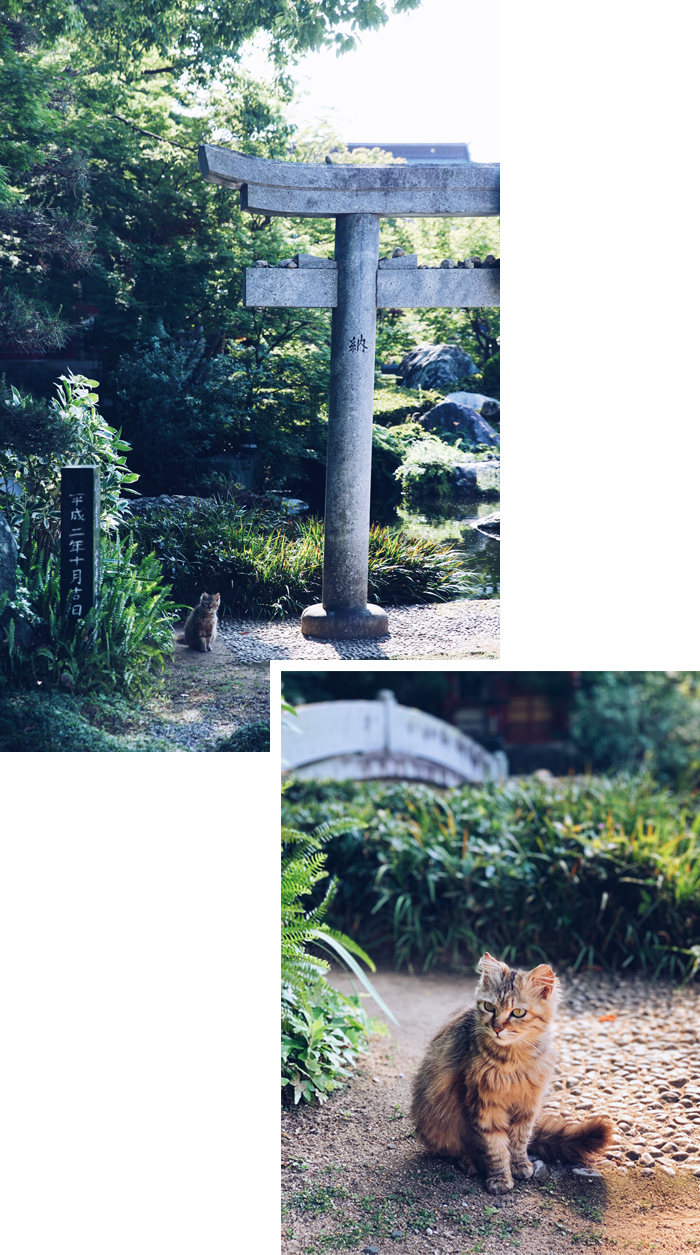
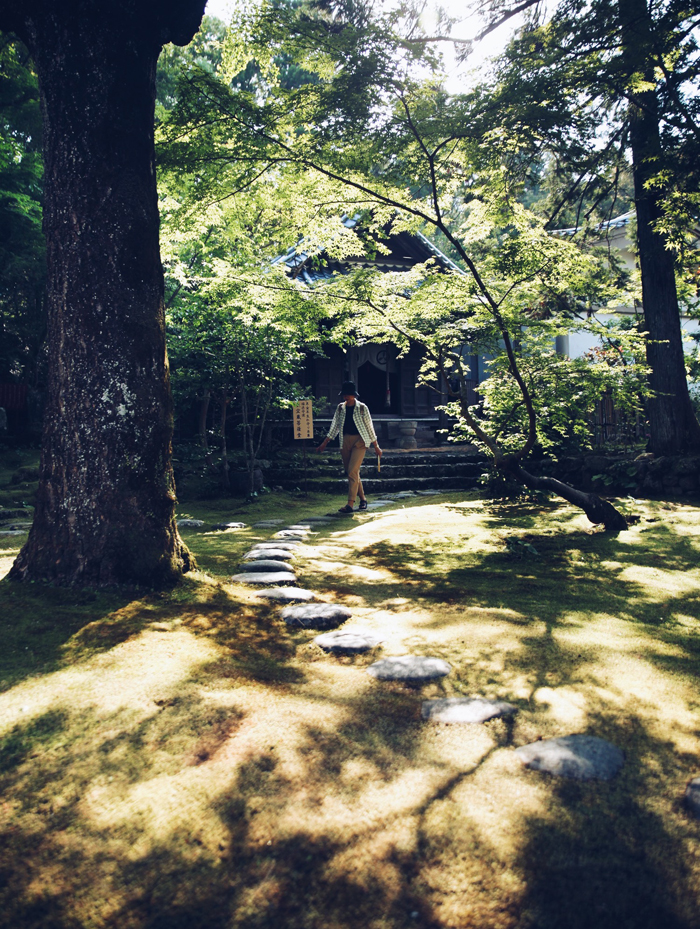
So here is this pilgrimage in a nutshell (you can find videos in my Highlighted Instastories). I will come back soon to tell you about Obokke on the way to Kōchi! See you soon! (English translation by Quiterie)

11 Comments
Alex
Ton goshuin (Tu l’appelle Nokyocho, il y a t’il une différence ?) est vraiment trop beau J’ai pu finir le mien lors de notre voyage au Japon et chaque fois que je l’ouvre, je suis transportée de nouveau ♥️
J’aimerais retourner au Japon à la fin de l’année pour fêter mes 30 ans mais nous souhaiterions faire un roadtrip cette fois ci… Pourquoi pas intégrer ce pèlerinage comme toi, c’est une idée géniale !
Encore merci pour tes articles sur le Japon, comme d’habitude ils sont absolument fabuleux!
Tokyobanhbao
Je n’ai jamais vraiment su la différence entre un goshuin et un nokyocho mais ce dernier est plus fréquemment utilisé pour les temples de Shikoku en tous cas : mais grosso modo c’est la même chose !
Le road trip est vraiment une experience sympa remplie de liberté, comme tu as pu le voir, surtout dans des zones reculées comme ici ! Je te souhaite donc de bien préparer ce voyage et merci d’apprécier à chaque fois mes récits !❤️
Ginger
Bonjour Tokyobanhbao, je suis ton blog depuis plusieurs années maintenant… Et il est vrai que je reste discrète et ne m’exprime pas beaucoup, mais sache que j’ai toujours trouvé ton blog superbe!! Et aujourd’hui, je m’adresse à toi, car, comme tes nombreux articles le montrent, tu connais bien le Japon! J’envisage un séjour la bas au mois de mai prochain… Et j’ai quelques questions: nous souhaiterions faire une semaine à Tokyo et 2 jours au Mont FUJI… (il faut bien cibler un peu les choses, tant il y a à découvrir!). Mais pour une première fois, et avec peu de temps (8 à 9 jours sur place), ça me semble pas mal! Donc: quel quartier de Tokyo nous conseilles tu pour séjourner quelques jours et visiter cette ville, connais tu des hôtels, appart hôtels? Et aurais tu des astuces pour le Mont Fuji: la meilleure façon de s’y rendre depuis Tokyo, où loger éventuellement? Voilà mes petites questions!! Je te remercie d’avance pour tes conseils! Et bien sur: longue vie à ton blog, pour notre plus grand plaisir! Belle soirée à toi
Tokyobanhbao
Hello ! Merci pour ton message ! En ce qui concerne le logement sur Tokyo j’ai déjà donné des recommandations ici durant tous mes voyages qui sont répertoriés ici :
Japon printemps 2014:
http://www.tokyobanhbao.com/tag/japan-travel-diary/
Japon automne 2015 :
http://www.tokyobanhbao.com/tag/japan-trip-fall-2015/
Japon hiver 2018 :
http://www.tokyobanhbao.com/tag/japan-winter-trip/
Japon mai Juin 2019 :
https://www.tokyobanhbao.com/tag/japan-road-trip-shikoku/
C’est difficile de conseiller un endroit où loger mais on a bien aimé loger à asakusa dans le quartier traditionnel qui est assez bien desservi (Je donne une adresse dans le voyage de 2014)
Et sinon pour le mont Fuji je n’y suis bizarrement jamais allée ! Donc je ne peux pas être de bon conseil sur ce coup là ! Mais je pense que c’est bien desservi par la ligne JR
Je te souhaite de bons préparatifs et espère que tous les articles vont t’aider car j’ai pas mal détaillé quand même 😉
Bon voyage !
L&T
Tellement impressionnant, un voyage spirituel qui doit être dépaysant. J’aimerais beaucoup découvrir le Japon et sa culture.
Tokyobanhbao
Je te le souhaite ! C’est tellement inspirant à chaque fois et c’est le genre de voyage qui transforme la vision des choses
Ginger
Merci beaucoup! Je vais me plonger dans tout ça!!
Louis de Bucoli
Je prévois un voyage au Japon prochainement et je suis tombé sur ton blog. Cela me conforte bien dans l’idée de faire cette destination prochainement (quand ça sera possible) Je n’avais pas mis dans mon itinéraire cette escapade à l’île Shikoku mais ça semble très séduisant. Les photos donnent bien sûr très envie mais l’aspect spirituel et historique derrière que je trouve attirant. Merci de m’avoir fait découvrir le lieu et je suis fan des illustrations du pèlerin type de Shikoku 🙂
Tokyobanhbao
merci !
Alizée M.
Ahlala ton blog ! Tellement beau. Tes récits, tes adresses.
Ce blog est une pépite ❤️
Tokyobanhbao
Je suis ravie qu’il te plaise autant, merci à toi <3